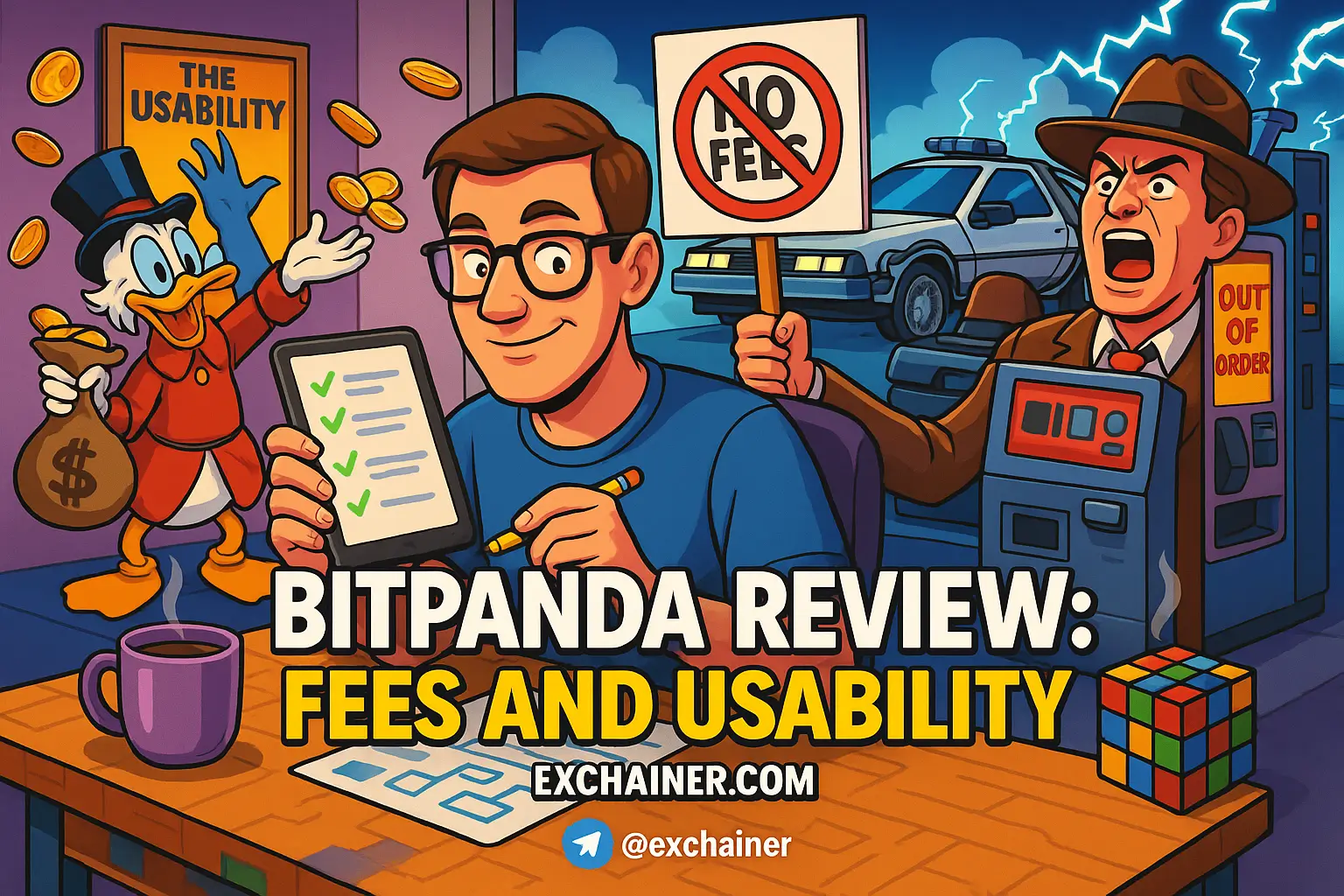In today’s digital age, understanding how to manage your cryptocurrency assets is crucial for both beginners and seasoned users alike. One important aspect of this management is regularly checking your crypto wallet balance. If you’re wondering about the essential details on how to check wallet balance securely, you’ve come to the right place. With the rise of digital currencies, ensuring the safety of your assets while keeping track of them is paramount. This guide covers practical methods to check your wallet balance securely, helping you avoid potential risks and stay informed about your holdings.
Whether you’re investing in Bitcoin, Ethereum, or any other digital currency, understanding your wallet is the first step. By following best practices, you can monitor your assets without exposing yourself to scams or security breaches. Throughout this guide, we’ll explore various tools and techniques that can help you efficiently check your balance while emphasizing security at every step.
Understanding Crypto Wallets
To grasp how to effectively check your wallet balance, it’s essential to know what a cryptocurrency wallet entails. A crypto wallet is essentially a digital wallet that allows users to store, manage, and transact with cryptocurrencies. Unlike traditional wallets, crypto wallets don’t store currency in a physical form; they keep your public and private keys that enable access to your digital assets on the blockchain.
There are several types of wallets you can choose from:
1. Hardware Wallets
These are physical devices designed to securely store your private keys offline. Popular options include Ledger and Trezor. Because they remain disconnected from the internet, hardware wallets are less susceptible to hacks.
2. Software Wallets
Software wallets can be installed on your computer or mobile device. They provide a convenient way to manage your assets but can be vulnerable to malware or phishing attacks if not properly secured. Examples include MetaMask and Exodus.
3. Exchange-Based Wallets
Most cryptocurrency exchanges, such as Binance and Kraken, offer built-in wallets for users. While this is convenient, it’s crucial to recognize that you don’t have full control of your private keys when using these wallets. For larger amounts, it’s often recommended to transfer funds to more secure wallet types, such as hardware wallets.
Understanding these types of wallets will help you determine the best way to check your wallet balance securely.
Methods to Check Your Wallet Balance
Now that you have a foundational understanding of crypto wallets, let’s delve into the various methods you can use to check your balance.
1. Blockchain Explorers
One of the most straightforward ways to check your wallet balance is through blockchain explorers. These are online tools that allow you to browse the blockchain’s transaction records. To use a blockchain explorer, simply enter your public wallet address into the search bar.
- For Bitcoin, you can use Blockchain.com.
- For Ethereum, check out Etherscan.
Clearly displayed, these platforms show your current balance, transaction history, and any incoming or outgoing transfers. The best part? Blockchain explorers are typically free to use and provide real-time data.
2. Exchange Platforms
If you primarily trade on cryptocurrency exchanges, checking your wallet balance is often just a few clicks away. After logging into your exchange account, navigate to the ‘Wallet’ or ‘Funds’ section. Most exchanges will show your account balance for each asset you hold. Make sure to regularly check these balances, especially before making trades or withdrawals.
However, keep in mind that it’s vital to check your balance using secure devices and networks to minimize risks.
3. Wallet Apps
For those using hardware or software wallets, many come with their own mobile or desktop applications. These apps are designed to give you a seamless experience in managing your digital assets. For instance, apps like MetaMask or Trust Wallet often display your total balance on the main screen, linking directly to the blockchain.
Checking your wallet balance via apps can be faster and provide notifications for incoming transactions. Just ensure you download these apps from official sources and keep them updated to benefit from the latest security patches.
Tips for Secure Balance Checks
Now that you’ve got an idea of the methods to check your crypto wallet balance, let’s discuss some essential tips to enhance your security as you do so.
1. Use Secure Networks
Security should always be your top priority. Avoid using public Wi-Fi networks to check your wallet balance, as these connections can be insecure and susceptible to hacking. If you must access your wallet over unsecured Wi-Fi, consider using a Virtual Private Network (VPN) to add an extra layer of security.
2. Double-Check Wallet Addresses
When using blockchain explorers, a common mistake is entering incorrect wallet addresses. Always double-check your public wallet address before proceeding. Also, remember: never enter your private key. Exposing your private keys can lead to lost funds.
3. Monitor Wallet Activity
It’s wise to regularly review your wallet activity. Many services offer notification options for any transaction alongside an activity history where you can spot unauthorized transactions quickly. This vigilance can help you respond to potential security issues immediately.
4. Use Reliable Services
Always use reputable blockchain explorers, exchange platforms, and wallet applications. Ensure services you use have good reviews within the community and are known for their reliability and security.
Advanced Security Measures
For those who want to take their security a step further, consider implementing some advanced measures.
1. Wallet Screening
Wallet screening involves assessing the risk levels of specific wallet addresses. This is particularly useful for businesses or users who may have larger quantities of cryptocurrency. Some crypto analytics platforms provide tools to check if a wallet has connections to fraud or illicit activities.
2. Manual Signing and Satoshi Test
For advanced users, techniques like manual signing can provide cryptographic proof of wallet ownership. This can be achieved by sending messages from your wallet that confirm you control the private key linked to the address. The Satoshi Test is sometimes referenced in this context, which involves sending an amount that proves you own the wallet.
While these methods are generally more complex, they can significantly enhance your ability to verify ownership and maintain control of your digital assets.
Conclusion
Checking your crypto wallet balance securely is fundamental to effectively managing your digital assets. By utilizing methods such as blockchain explorers, exchange platforms, and wallet apps, you can easily monitor your holdings while prioritizing security. Don’t forget the importance of using secure networks, verifying wallet addresses, and staying vigilant about your account activity.
Your journey doesn’t have to stop here! Explore more guides on Exchainer.com for insights on basic crypto concepts, check out exchange reviews to find the best trading platforms, get the latest updates from our news section, and discover essential tools and wallets in our Tools and Wallets category! Start your crypto journey with the right knowledge and strategies today, and you could soon find yourself thriving in this thrilling new digital age!












